Mixed Media
Mantras
10th Year Anniversary Edition
A painting e-course with Kelly Rae Roberts
My much loved Mixed-Media Mantra painting course is back for a special 10th ANNIVERSARY EDITION!
Expect the magic of the original course, PLUS oodles of new video lessons.

Whether you bought it many years ago and want to dive into the updated / new lessons, or are experiencing it for the first time, you’ll LOVE this course!
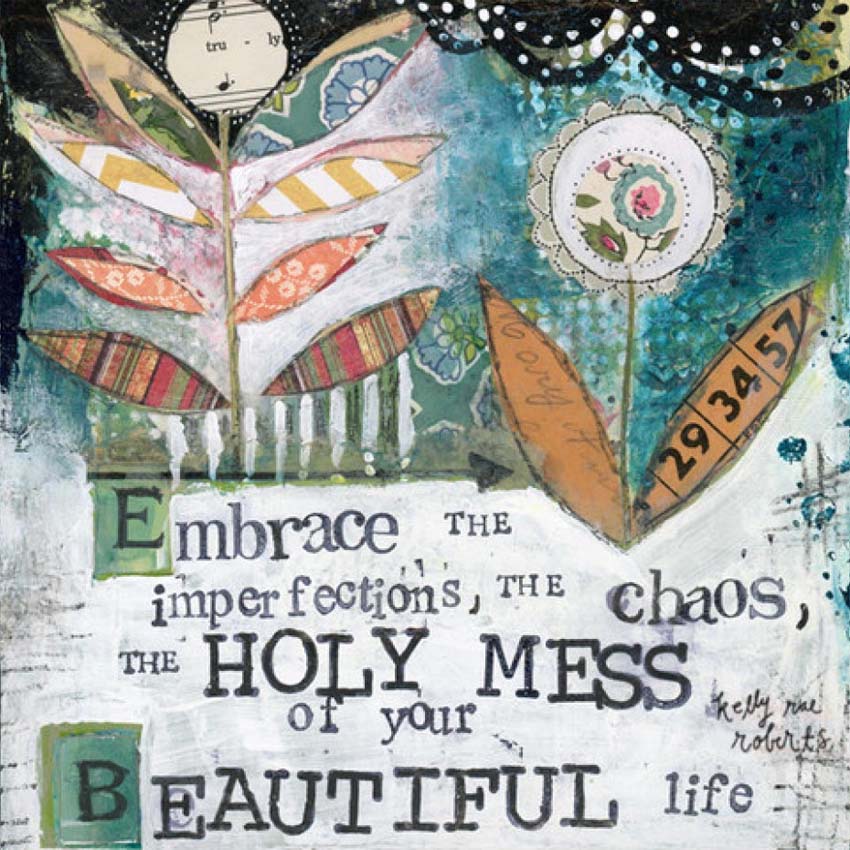
Your soul has a mantra for you. Let’s paint it!
In a virtual classroom that mirrors the feel of a face-to-face workshop, I’ll share everything I know about creating soulful mantra paintings that reflect the call of your heart.
You’ll see my entire process, so you can follow along with me, right at home.
YOU’LL LEARN HOW TO:
- Create gorgeously layered and textured backgrounds
- Silence the noise so you can uncover your own soul-specific mantras
- Bring it all together to create cohesive + meaningful paintings that honor and celebrate your journey

THE 10TH ANNIVERSARY EDITION INCLUDES:
- All of the original lessons / tutorials, PLUS 17 brand new videos for a total of 32 videos!
- A brand new, fully updated classroom
- A community space where we can share our paintings and find other creative spirits
- Two 90 minute LIVE Zoom art classes. (These were recorded in May, 2023, and are in the classroom.)
In the new videos, you’ll see how my mixed-media painting style has evolved since this class first launched 10 year ago.
It’s like getting two classes and versions of me all at once. The me from 10 years ago and the current me!
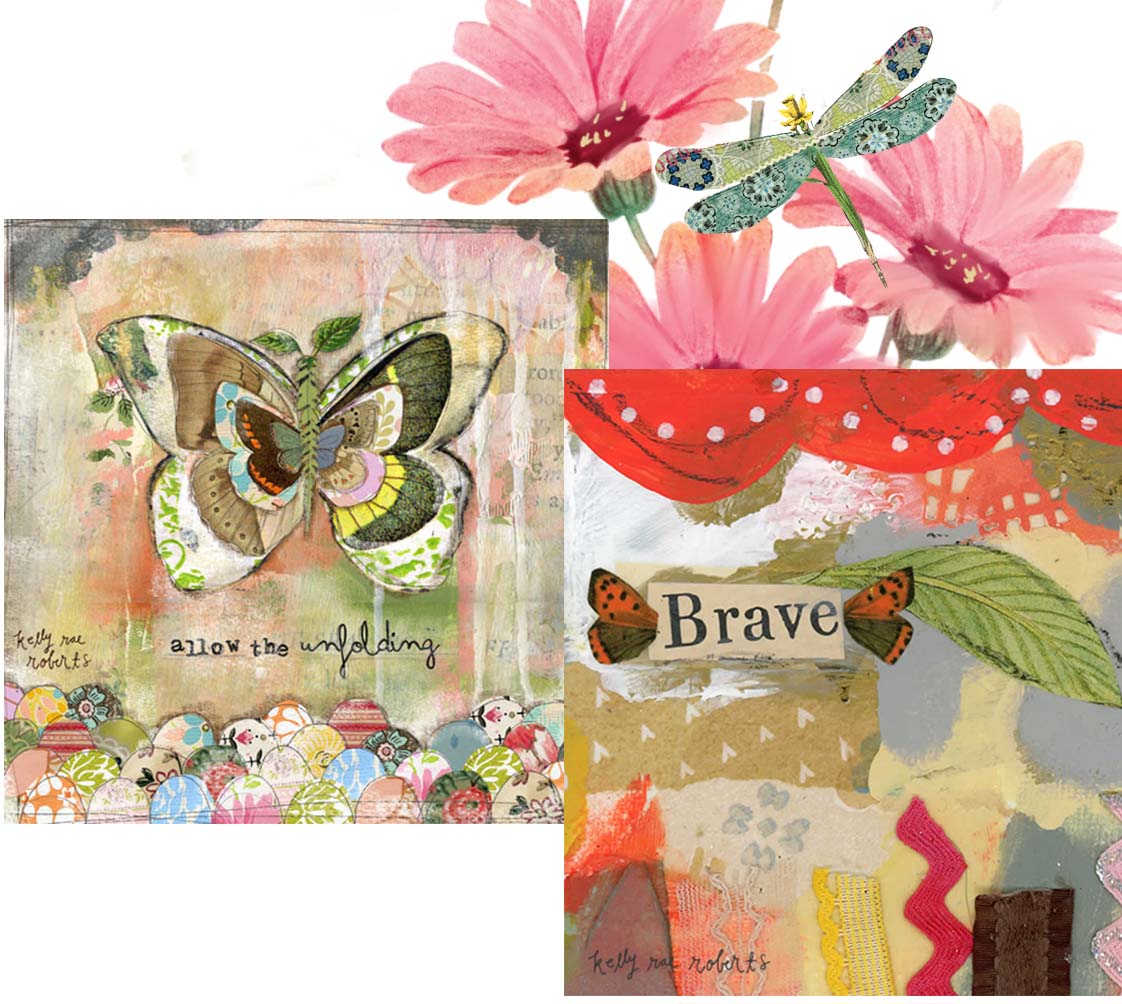
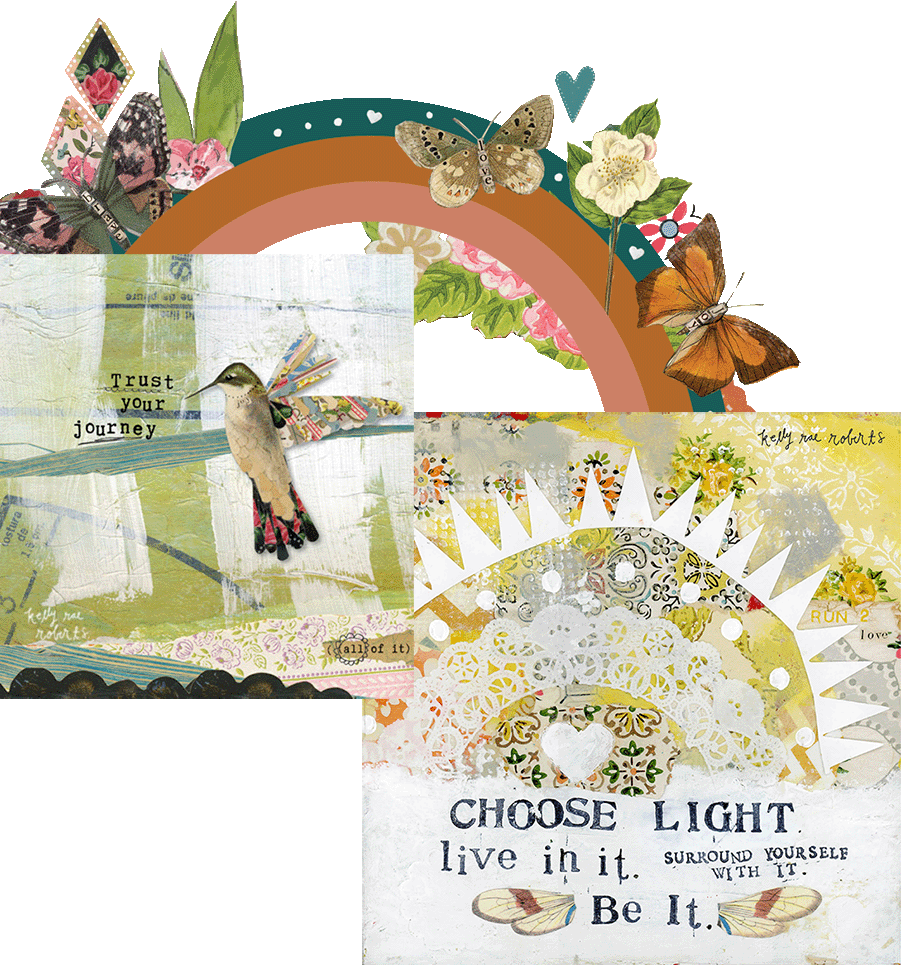

People often ask me how I “come up” with all those mantras. Honestly?…
They’re usually just the words that my heart needs to hear in that moment. So, I come up with them by… tuning into my heart.
In Mixed-Media Mantras, I’ll share my process for tapping into my highest wisdom, so you can create powerful medicine mantras for yourself.
And then? We’ll paint your words into life using a super fun, non-intimidating style of painting.
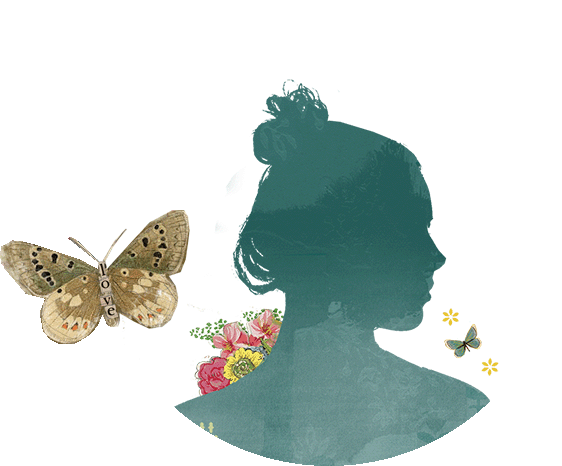
“Oh Kelly Rae, has been more than I could of imagined.
I never realized then that it would take me on this magical ride , I can’t tell you how much I am enjoying this course ! Thankyou from the bottom of my heart.”
– Mixed Media Mantra Student
Lifetime access!
All the lessons are available in a gorgeous new online classroom.
You have lifetime access so that you can pace through the lessons however you like.
NO ART TRAINING OR EXPERIENCE NEEDED!
Whether you’re new to the world of mixed-media painting or have been at it for years, this course will inspire you to create beautiful works of art that speak to the calls of your heart.
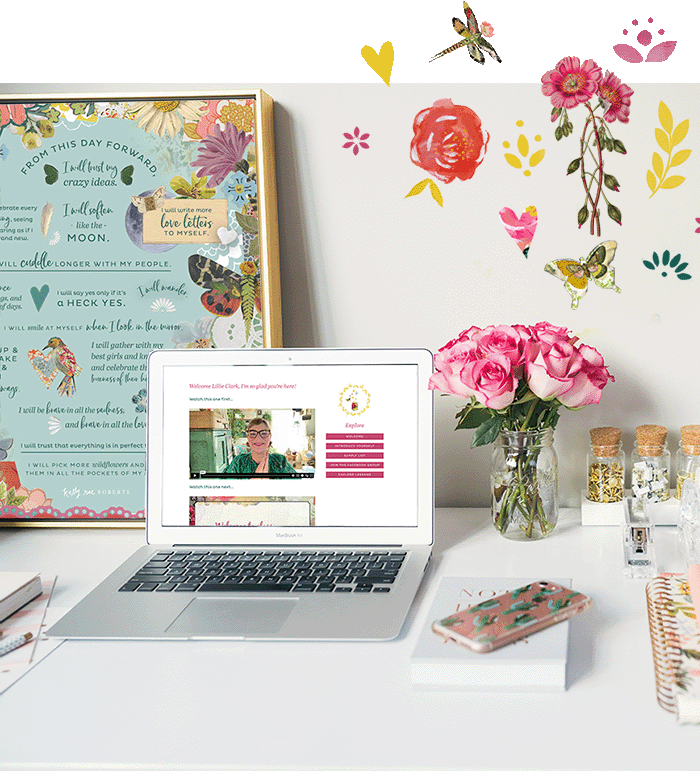

“I’m starting to feel alive again as I connect with some lost aspects of self.
Been walking around with this big-ass smile on my face;-). Thanks Kelly Rae. This class is bringing more possibilities than I thought it would!”
– Mixed Media Mantras Student


PART 1: Silencing The Noise
Part One is about getting still, silencing the noise and tuning in. You’ll be guided to unearth what you’re currently longing for, what you want to invite more of into your life, what intentions you want to work with moving forward.
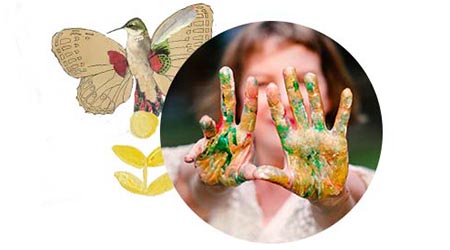
PART 2: Unleashing Your Joy
The fun begins! We’ll unleash our joy and paint, shred, stencil, smudge, smear and stamp like our hearts depend on it. We’ll let our creative spirits soar while we embrace the chaos, the mess, and the no-mistakes style of mixed-media painting.
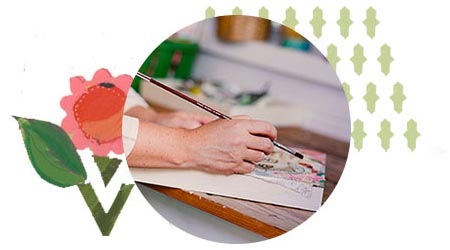
PART 3: Trusting Your Voice
In Part Three, we’ll bring cohesion to our paintings, and practice really trusting our intuitive voices as we make decisive choices on the canvas. We’ll also add finishing touches, and celebrate all that we’ve learned.

“I’ve said it before and I’ll say it again: Your painting class changed my life.
I don’t think I can even describe how good it feels to finally be tapped into the inner artist that’s been trying to get out for decades!”
-Mixed Media Mantras Student

“Thank you for spending so much time bringing mindfulness, intention and spiritual development to your course.
It is EXACTLY what I was hoping to find in an art class, because it’s not just an art class, it’s evolving my creativity as a mindfulness practice, WHICH I LOVE!”
– Mixed Media Mantras Student
When you sign up for the 10th ANNIVERSARY EDITION of Mixed Media Mantras, you’ll get…
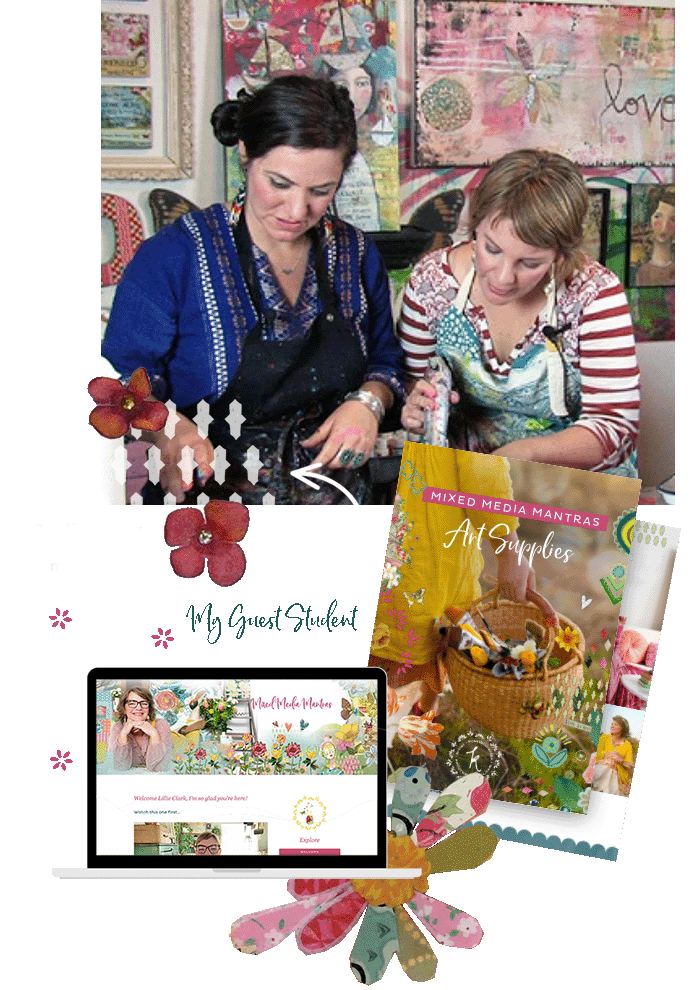
LIFETIME ACCESS / NEW CLASSROOM:
I’ve created a whole new beautiful classroom for the 10th Anniversary Edition of this class. Even better? You have forever access to it!
TONS OF VIDEOS:
You’ll get the videos and lessons from the original version of this class, PLUS 17 brand new videos for a total of 32 videos! Many of the videos feature a guest student, and all the videos show closeup views of my process (collaging, layering, texture building, and so much more!).
ART SUPPLIES:
I share every art supply I use, where I get them, and how to use them. I love sharing my resources!
COMMUNITY:
Lots of opportunities to connect with other students inside the classroom as well as in a new Facebook Group. A love fest!
TWO LIVE CLASSES:
To celebrate the 10th Anniversary Edition of this course, I hosted two live ZOOM classes. You get the recordings of these sessions.

“This class was amazing and having Lnyx there was sheer GENIUS!!
Seeing both of you doing side by side was double value, double fun – thank you!”
-Mixed Media Mantras Student
When we let ART out, we let LOVE in
I didn’t know it at first, but as I made my way into the creative life, I learned that the process of painting and creating art teaches us so much about healing, courage, imperfections, change, and more.
What comes up in the canvas comes up in life.
My hope is that as you make your way through this course, you’ll see that painting is so much more than just splattering paint on a canvas. It’s a much deeper journey; an excavation of who we are and who we want to become. We’ll go on this journey together.

“Kelly, thank you so much for this e-course!!
I debated whether to spend the money on it, but I’ve always loved your art, and found it was very well worth every penny!! It was so full of info, so many techniques, and so many positive pushes to just go for it!! Love, love, loved every minute, thank you, thank you, thank you! ”
-Mixed Media Mantras Student
Calling all Mamas, Papas, & Grandparents!
“My nine year old daughter and I are having a great time with the lessons, which are so easy to follow. Thanks for doing this class!”
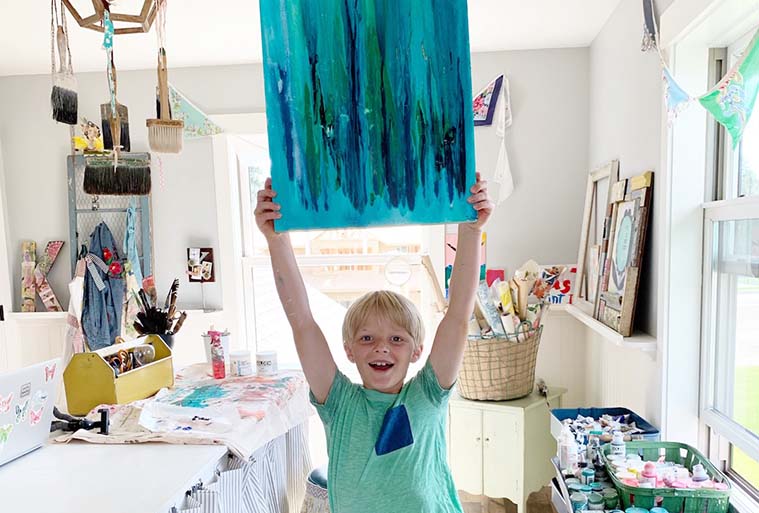
I can’t tell you how much kids (from 2 years old to teenagers) love this style of painting.
Probably because it’s all about embracing the mess, imperfect mark-making, and having fun with art supplies inside a process where there are truly no mistakes.
Do this course with your kids / grandkids!

My 12 year old son has been painting with me since he was about 20 months old. Not only does he love it, but it’s become a sacred activity that we can do together.
For older kids, this process can be a great way into deeper conversations that emerge when we are painting (trusting the process, embracing the uncertainties, discovering your voice, etc) – all things we’ll dive into in class).
Calling all “Non-Artists!”
If you don’t consider yourself an artist, but you feel drawn to my paintings, please take notice.
I believe that everything we find “beautiful” is actually a quiet whisper, calling us toward the life that is waiting for us.
I wasn’t always an artist. I admired “artists” for a long time before I finally started playing with paint, at age 30. That was when everything changed and opened up for me. My life has never been the same.
That same creative expansion and opening is possible for you.
When you’re ready to answer the call, I’d be honored to guide you into a fun, soulful, no-mistakes way of painting.
“Kelly, I cannot thank you enough for this class. It is truly an uplifting and freeing experience.”
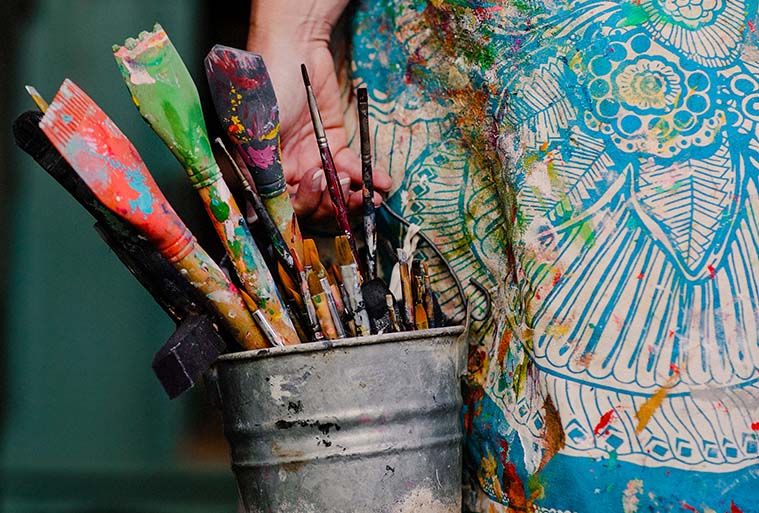
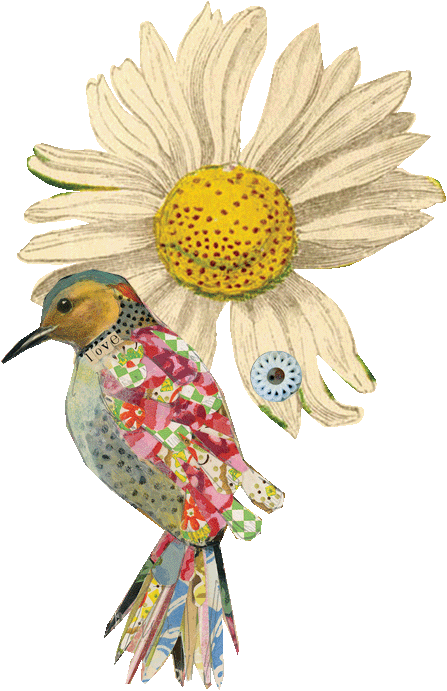

“I’ve taken many different classes and….
no one has EVER given of herself like Kelly Rae.”
-Mixed Media Mantras Student
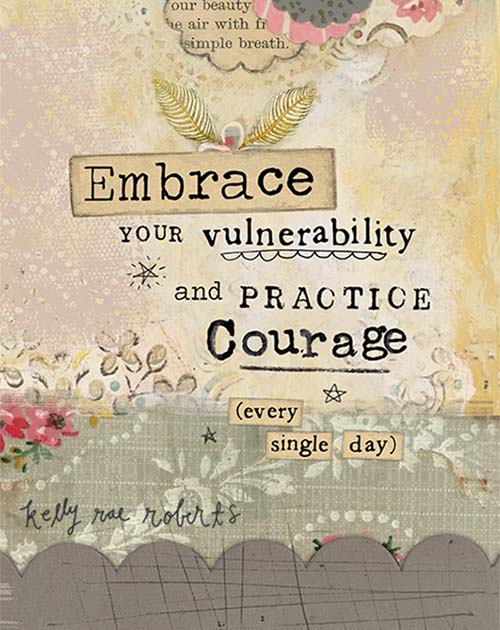
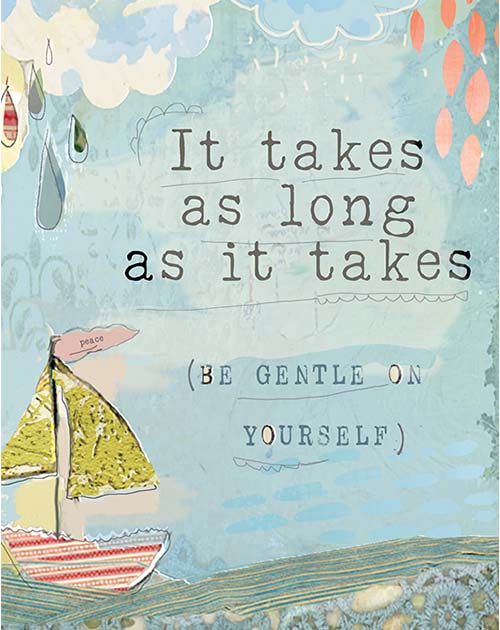

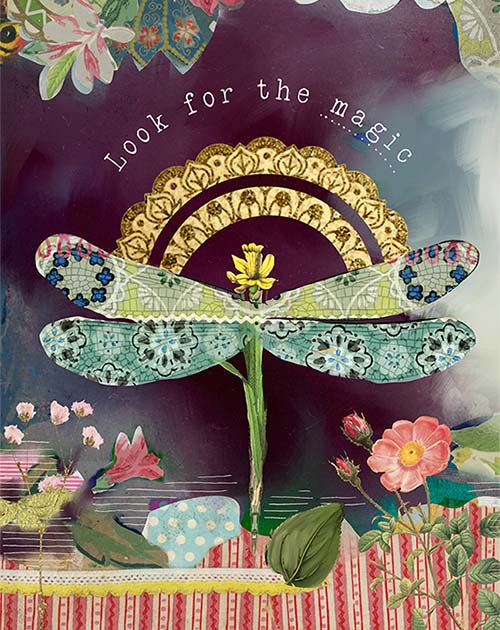

"This has been a real breakthrough for me.
I am definitely learning to let go and just create. Enjoying making messes and trusting the process. Thank you.”
– Mixed Media Mantras Student

“I’m getting validation, inspiration, new toys, and a gentle push to be MORE childlike....
… to let go of the “shoulds”, to have MORE fun. I seriously can’t stop laugh/weeping with gratitude.”
-Mixed Media Mantras Student

"I love the way you incorporate life lessons in your painting lessons..
It’s just so beautiful! This class has been a life changer for my soul.”
– Mixed Media Mantra Student
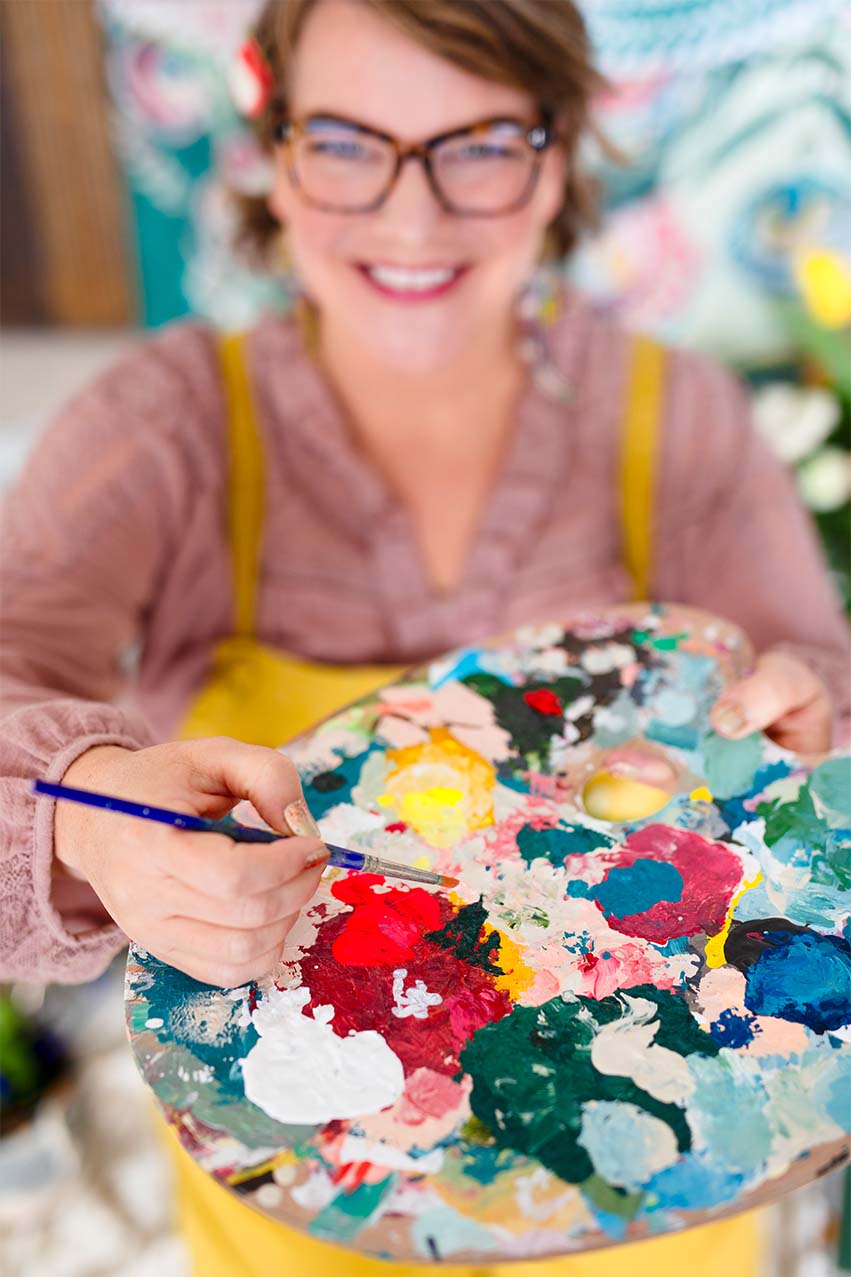
What if I took the original course? Do I have to pay again for this new course?
You will always have access to the original class, but if you’d like to hop into the brand new 10th Anniversary Edition of the class, which is packed with new videos, then yes, you’ll need to pay for it.
What exactly does the 10th anniversary edition have that is different from the original course?
It’s like getting two classes and versions of me all at once. The me from 10 years ago and the current me!
The 10th Anniversary Edition includes:
- All of the original lessons / tutorials, PLUS 17 brand new videos for a total of 32 videos!
- A brand new, fully updated classroom
- A brand new community space where we can share our paintings and find other creative spirits
- Recordings of the two 90 min LIVE Zoom art classes where I taught and answered questions from the audience.
You’ll also get to see how my mixed-media painting style has evolved since this class first launched 10 year ago.
Is there a Facebook Group?
Yes! For those who are on FB, there will be a group.
For those on Instagram, we’ll have a class hashtag so that we can easily find one another in IG.
Once I register for the class, how long will I have access to the lessons?
Forever and ever!
I’d love to gift this class to a loved one. How can I register them for the course?
LOVE this idea! Email us at hello@kellyraeroberts.com and we’ll get it all sorted.
What kinds of supplies will I need?
Upon registering, I’ll send you a detailed supply list, but the essentials include the following:
- A few colors of fluid acrylic paints (I like the GOLDEN brand, but any thin acrylic paints will do)
- A variety of collage papers (mainly scraps of papers you likely have hanging around your house)
- Gloss gel medium
- A spray bottle
- A few canvas boards
- Some mark-making tools that are likely hanging around your house (bubble wrap, jar lids, pens, paper towels)
- Alphabet stamps.
Can I cancel after purchasing?
Because you are given login credentials to access this course upon registering, I am unable to offer refunds.
Don’t see your question here? Email us at hello@kellyraeroberts.com

"Boom. Lightbulb moment.
Boom. Lightbulb moment. Thanks again Kelly Rae, I’m loving this so much.”
– Mixed Media Mantra Student

"I am in love with this class!
Have learned so much about myself and about doing my art. I can’t wait to show my five grandchildren the video on painting canvases!”
– Mixed Media Mantra Student

"Thank you for what I see happening to your students
The effect this course has on us that is far deeper than paint on a canvas. The ‘creativeness’ of this course is beyond describing.”
– Mixed Media Mantra Student
Mixed Media Mantras
10th Year Anniversary Edition
A painting e-course with Kelly Rae Roberts
Start your journey for $222
You’ll have forever, unlimited access!
